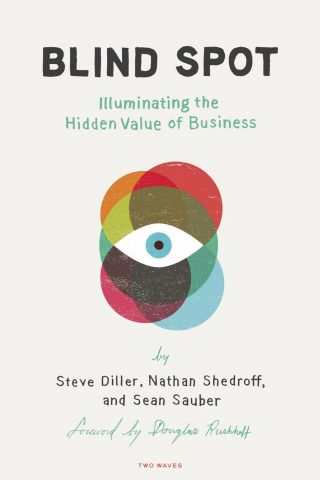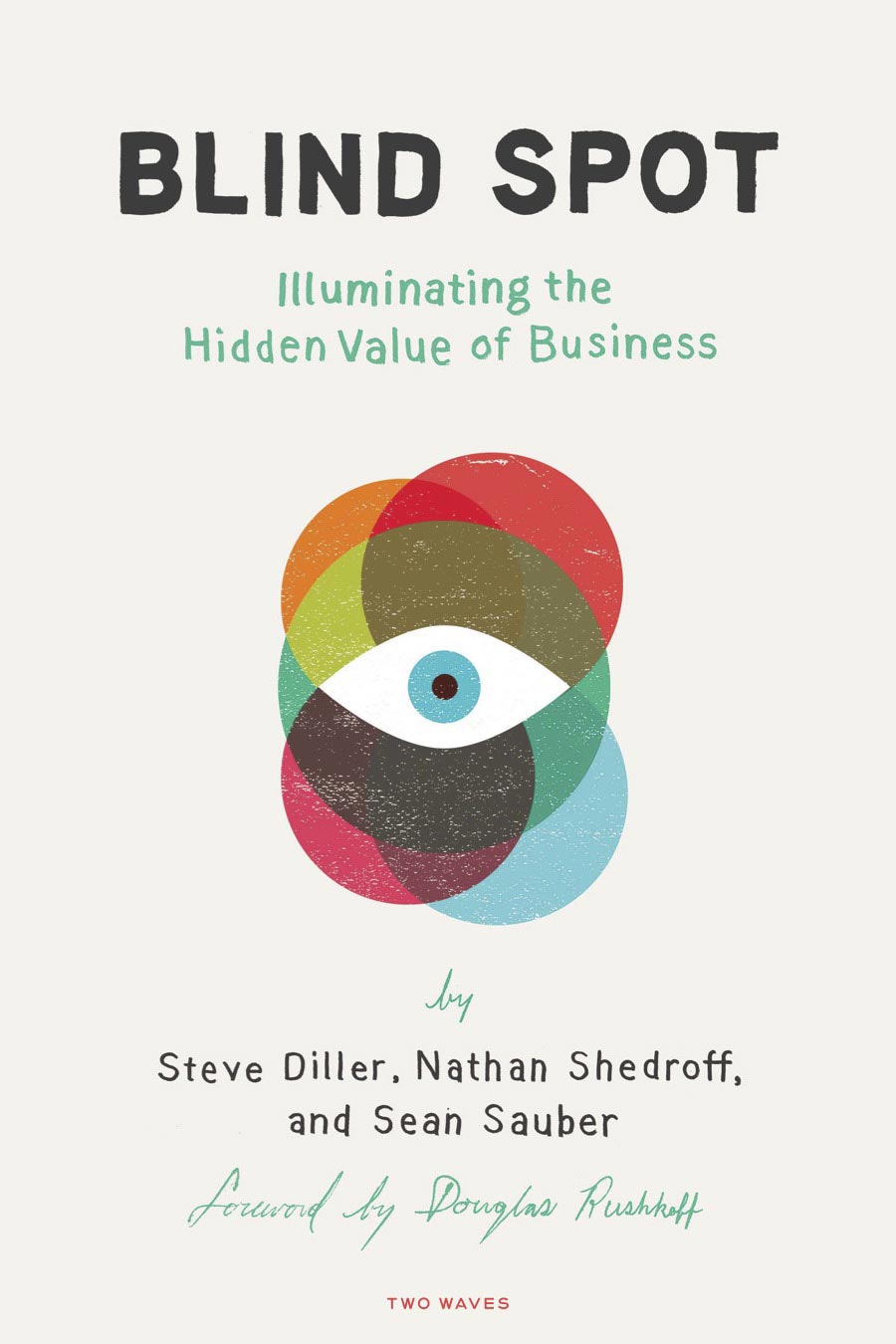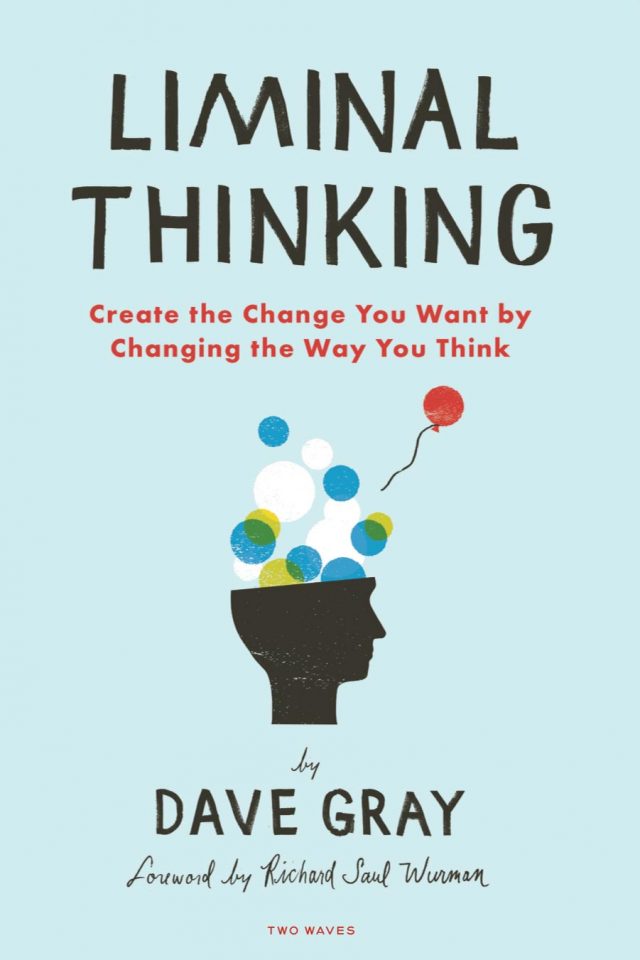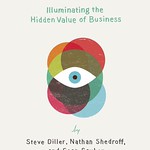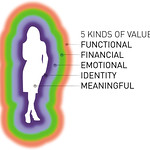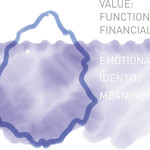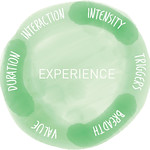Sean Sauber has spent the last 25 years working, growing, and thriving across multiple careers and disciplines. Through all of this there has been a common thread – understanding relationships between individuals, groups dynamics, and leveraging these insights to drive innovation.
Sean’s careers have run the gambit from being an Orthopedic Physician’s Assistant in trauma, sports and joint reconstruction, to consulting work with “The Big Five,” multiple functions at Procter & Gamble, business development at a software dot com, to college professor.
In this variety of roles he has managed everything from teams in the stress filled trauma room, multiple business development relationships in the dot com days, to new hires and veterans in the corporate world, leadership teams in academics, and research projects with a diversity from children’s oral care needs to caregivers of Alzheimer’s patients to new drug delivery systems.
He was a founding member of the Clay Street project at P&G. Described by AG Lafley in his book Game-Changer as “a place where innovation teams are built from scratch, connecting behaviors are the norm and the culture is courageous.” Sean led session development, design research, and business model development. His experiences and further training led to creation and execution of workshops focused on the development of creative cultures in organizations – Human Potential Workshops.
Having facilitated over 50 of the Human Potential workshops held for P&Gers from all over the world, he has experienced the trials and triumphs of building organizations to be more transparent and successfully self-directed by collaborative, yet independent, individuals.
After leaving P&G in 2007 he continued to help others leverage their true potential. Since then he has advanced his approach as a design researcher, college professor, a strategy team facilitator, innovation process facilitator and organization leadership coach.
In 2009 he started Extending Minds, his consulting firm that specializes in the creation of design sessions and team cultures that spur breakthrough innovation. He has had the pleasure of working with a variety of organizations including GE Healthcare, Target, Pfizer, Mayo Clinic and the University of Cincinnati Office of the President.
Read More
